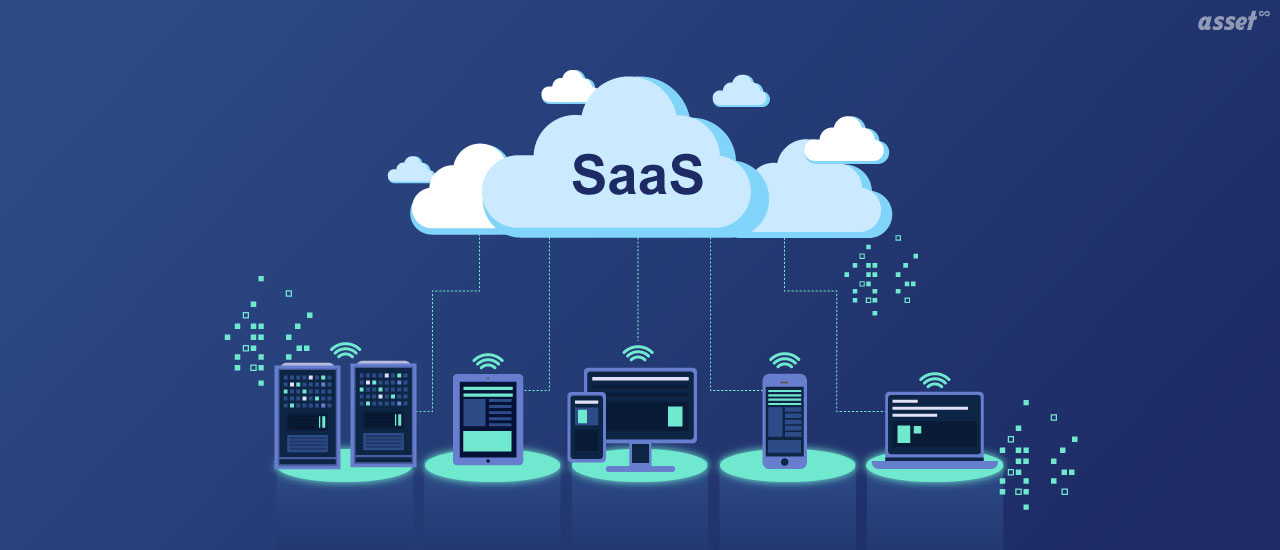Unveiling SaaS: Empowering Businesses through Cloud Computing
In today’s rapidly evolving digital landscape, businesses are constantly seeking innovative solutions to enhance their operations, increase efficiency, and achieve scalability. Cloud computing has emerged as a game-changer, revolutionizing the way organizations manage their software applications and infrastructure. Among the various cloud computing models, Software as a Service (SaaS) has gained significant prominence for its flexibility, cost-effectiveness, and ease of implementation. In this blog post, we will delve into what SaaS is and explore its numerous benefits in the realm of cloud computing.
Understanding SaaS
Software as a Service (SaaS) refers to a software delivery model where applications are centrally hosted and provided to users over the internet. In this model, users can access software applications through a web browser without the need for complex installation and maintenance processes. SaaS eliminates the requirement of purchasing and managing hardware, software licenses, and infrastructure, offering a hassle-free experience for businesses.
Benefits of Using SaaS in Cloud Computing
Cost-effectiveness
SaaS eliminates the need for upfront investments in hardware, software licenses, and infrastructure. Businesses can leverage the pay-as-you-go pricing model, allowing them to subscribe to the services they require and scale up or down as needed. This cost-effective approach enables organizations to allocate their resources more efficiently, focusing on innovation and core business activities rather than IT infrastructure maintenance.
Rapid Deployment and Scalability
SaaS applications can be deployed rapidly, significantly reducing the time and effort involved in implementation. With traditional software models, businesses would need to install and configure software on each user’s computer. However, with SaaS, users can access applications instantly through a web browser, providing immediate availability and ease of use. Additionally, SaaS offers scalability, allowing businesses to easily adjust their resources based on changing demands, ensuring they can handle increased workloads or seasonal fluctuations seamlessly.
Python Programming: The Key to Success in Data Science and Machine Learning
Maintenance and Updates
One of the most significant advantages of SaaS is that the responsibility for software maintenance and updates lies with the service provider. Businesses no longer need to worry about patching, bug fixes, or compatibility issues, as updates are rolled out automatically. This ensures that organizations always have access to the latest features and security enhancements without any disruption to their operations.
Accessibility and Collaboration
SaaS applications are accessible from any location with an internet connection, providing users the flexibility to work remotely. This capability is particularly beneficial for distributed teams, allowing seamless collaboration and real-time data sharing. SaaS enables employees to collaborate on projects, share information, and work collectively on a centralized platform, improving productivity and streamlining workflows.
Enhanced Security and Data Protection
SaaS providers invest heavily in robust security measures to protect their clients’ data. Data centers are equipped with state-of-the-art security infrastructure, including firewalls, encryption, and access controls. By utilizing SaaS, businesses can leverage the expertise of the service provider, who is dedicated to ensuring data security, compliance, and disaster recovery measures. This enables organizations to focus on their core competencies while relying on the service provider’s secure infrastructure.
Customizability and Integration
SaaS solutions often provide a high degree of customizability, allowing businesses to tailor the software to their specific needs and workflows. Users can typically configure settings, user permissions, and preferences to align with their requirements. Moreover, SaaS applications often offer integration capabilities, allowing seamless connectivity with other software systems such as customer relationship management (CRM), enterprise resource planning (ERP), or project management tools. This integration streamlines processes, eliminates data silos, and enhances overall efficiency.
Continuous Support and Reliability
SaaS providers offer round-the-clock technical support to address any issues or queries that may arise. This level of support ensures that businesses have access to reliable assistance whenever they require it, minimizing downtime and maximizing productivity. Additionally, SaaS applications are hosted on robust infrastructure with redundant systems, ensuring high availability and reliability. Service level agreements (SLAs) guarantee a certain level of uptime, ensuring businesses can rely on the software for uninterrupted operations.
Rapid Innovation and Feature Updates
In the fast-paced digital landscape, innovation and agility are crucial for staying competitive. SaaS providers continuously invest in research and development to introduce new features, functionalities, and enhancements to their applications. This enables businesses to access cutting-edge technology without the need for significant investments or lengthy development cycles. By leveraging SaaS solutions, organizations can stay at the forefront of technological advancements and gain a competitive edge.
Reduced IT Complexity
Implementing and managing traditional software applications often involves a complex IT infrastructure and dedicated IT personnel. SaaS simplifies the IT landscape by eliminating the need for in-house infrastructure management, software installations, and upgrades. This reduction in complexity frees up IT resources, allowing them to focus on strategic initiatives rather than routine maintenance tasks. It also enables businesses to scale their IT infrastructure more efficiently and redirect resources to areas that drive innovation and growth.
Global Accessibility and Localization
SaaS applications can be accessed globally, breaking geographical barriers and enabling businesses to expand their operations seamlessly. With data centers strategically located in different regions, SaaS providers offer low-latency access to applications, ensuring optimal performance regardless of user location. Additionally, many SaaS providers offer localization features, such as multilingual interfaces and regional compliance, enabling businesses to cater to diverse markets and comply with local regulations.
Software as a Service (SaaS) has become an integral part of cloud computing, empowering businesses to harness the benefits of flexible, scalable, and cost-effective software solutions. The ability to access applications instantly, reduce maintenance efforts, collaborate seamlessly, and enhance data security makes SaaS a compelling choice for organizations of all sizes. By embracing SaaS, businesses can unlock innovation, optimize operations, and stay ahead in today’s dynamic and competitive business landscape.

